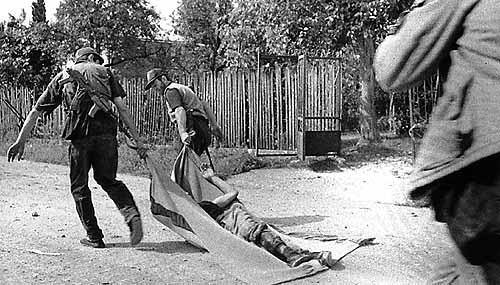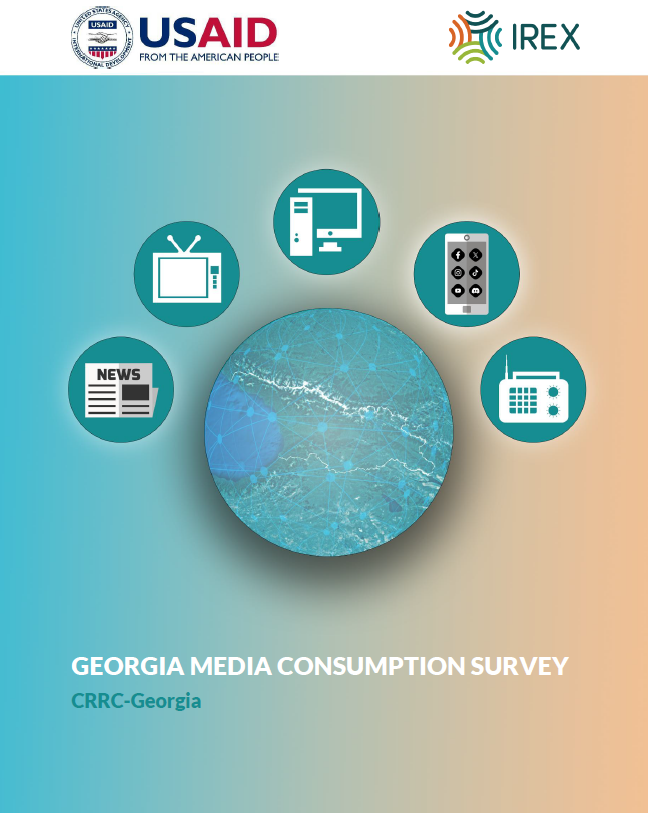The release of the 2007 TI Corruption Perceptions Index (CPI) reminds us of the huge impact which corruption has across the globe and especially how this impact is most often felt in poorer/transition countries. In the Caucasus there are still many problems to overcome and we will start by looking at the scores from across the region, then moving onto the methodological issues behind the CPI. So, what were the results?
Georgia has fared best with a score of 3.4 and is thus ranked 79th out of 179 countries. This is an increase from a score of 2.8 last year and 1.8 before the Rose Revolution. This places it above the 3.0 barrier below which countries are deemed to have a ‘rampant corruption problem’ and 4th in the list of countries of the Former Soviet Union (behind the three Baltic states). Neither Azerbaijan nor Armenia have been able to make any marked difference to their scores in the 2007 table with Azerbaijan rated at 2.1 (down from 2.4 in 2006) and Armenia at 3.0 (up from 2.9 in 2006). This puts them 13th and 5th in the region respectively (see below)
.
While the CPI provides a seemingly clear and easy point of reference for judging the levels of corruption in a country, certain points should be noted if it is to be used effectively. Firstly, it is tempting to compare rankings rather than scores from year to year. Such an approach is a mistake as rankings can change as countries are added/removed on a yearly basis (2007 saw the addition of 13 more countries) thus affecting all rankings. To a lesser extent we should also be wary of cross-comparing scores from year to year as sampling and methodology changes can affect the ways in which the scores are complied. For example Azerbaijan’s 0.3 point drop in its 2006 score is, according to TI’s methodology report, the result of these technical issues.
Finally on the issue of comparisons it is import to note that the CPI does not allow us to identify any global improvements or downturns. This is because those who contribute to the CPI are primarily local experts and thus the information they provide is used to determine one countries performance in the context of others. As a result there exists no possibility to assess absolute improvements across the entire set of data. Now we are forewarned of the possible comparative problems, should we trust the individual country scores themselves?
The answer depends to a large extent on the country in question. In countries that the TI Methodology Report has identified as having a large confidence interval (meaning here the range in we have 80-90% confidence that the true value lies) it may be that the actual CPI score is markedly different from that recorded on the TI table. If we look at the graph of confidence intervals for Georgia, Armenia and Azerbaijan (See p12 of the TI Methodology Report) we can see that while both Armenia and Azerbaijan have relatively small intervals (0.4 and 0.5 respectively), Georgia has a much larger range of 1.4. This highlights the fact that the CPI table alone does not tell the whole story. As confidence intervals remain valid even when data is not a normal distribution, there is the chance that the TI score could be closer to 2.9 (the bottom end of the confidence interval and below the 3.0 level suggesting ‘rampant corruption’) or as high as 4.3 (putting it level with Kuwait and above countries such as Poland and Bulgaria). From this we can see the value of checking the confidence intervals of the countries we are interested in. In the case of Georgia it supports the view that one of the major problems in terms of corruption is uncertainty as to its scope. While in Armenia and Azerbaijan smaller confidence intervals at least suggest we have a relatively accurate picture of the situation in the country even if it is somewhat bleak.
Should all of these things put us off using the CPI?
No. With all of this in mind we should approach the CPI with increased caution but certainly no less respect. In terms of a consolidated point of reference from which to start comparisons on corruption it is invaluable. This is especially true when cross-referenced with other easy to use reports such as the Global Corruption Barometer (2006 available here).













